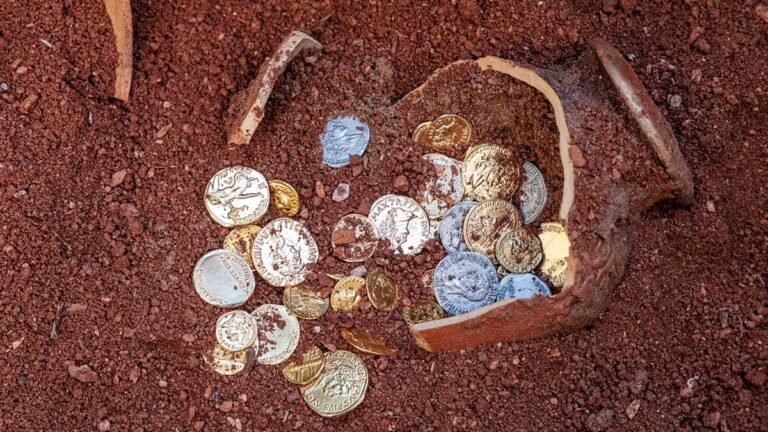White Cliff has now found its first sediment-hosted copper system on the Rae undertaking in Nunavut. Pic: Getty Pictures
- White Cliff finds sediment-hosted copper accompanied by semi-massive sulphide veining throughout maiden drilling at Rae
- The corporate has expanded its landholdings to the north to safe a newly recognized intersection of the Herb Dixon Fault
- Comply with-up drilling is underway on the Stark goal space
Particular Report: Maiden drilling at White Cliff Minerals’ Rae undertaking in Nunavut, Canada has uncovered sediment-hosted copper, accompanied by semi-massive sulphide veining instantly beneath the copper-bearing sediments.
The primary confirmed prevalence of a sediment-hosted copper system on the undertaking was recognized by means of diamond drillhole STK25001, which intersected a broad zone of sulphide mineralisation within the decrease Rae Group sediments.
To this point, White Cliff Minerals (ASX:WCN) has recognized 16m of chalcopyrite-bornite bearing sediments from 175m with additional semi-massive chalcopyrite-bornite noticed from 290m to 295m, suggesting robust potential for related vein methods close by.
The drillhole focused sediments adjoining to the Herb Dixon Fault, a significant construction which runs north-south by means of the corporate’s property.
These observations, alongside outcomes from floor, affirm this fault as a significant copper-fertile conduit able to internet hosting giant mineralising methods.
Land growth to the north
Comply with-up drilling is underway on the Stark goal space, stepping out from the invention drillhole to vector in the direction of a potential bornite and/or chalcocite zone inside these usually zoned copper methods.
The Stark goal is a really giant geophysical conductor but to be examined by drilling with a strike size of >15km x 2km, which lies on the Herb Dixon fault.
Primarily based on this understanding, White Cliff has expanded its landholdings to the north, with the addition of ~950km2 of mineral claims.
These licences safe a newly recognized intersection of the Herb Dixon fault (the primary copper conduit) to a beforehand untested and newly recognized sedimentary package deal with identified copper occurrences to the north.
The land seize reinforces White Cliff’s main place within the Rae Basin and provides a number of high-priority targets to its exploration pipeline.
‘Quick rising multi-faceted copper discovery’
WCN managing director Troy Whittaker mentioned the corporate holds a dominant land package deal with over 72km of untested strike size on the decrease Rae Group, now a confirmed host to sedimentary copper mineralisation.
“This drillhole is a crucial proof of idea, validating our thesis that the Rae Venture hosts important sediment-hosted copper mineralisation,” he mentioned.
“To come across robust sulphides in each the overlying sediments and in a vein system beneath them highlights the Herb Dixon Fault as a significant fluid conduit – a crucial management in these methods.
“Rae is quick rising as a multi-faceted copper discovery, with world-class intercepts at Danvers now extending over 800 metres, a brand new zone of over 4 kilometres to the southwest, and contemporary affirmation of sediment-hosted copper and semi-massive sulphides at Stark.”


